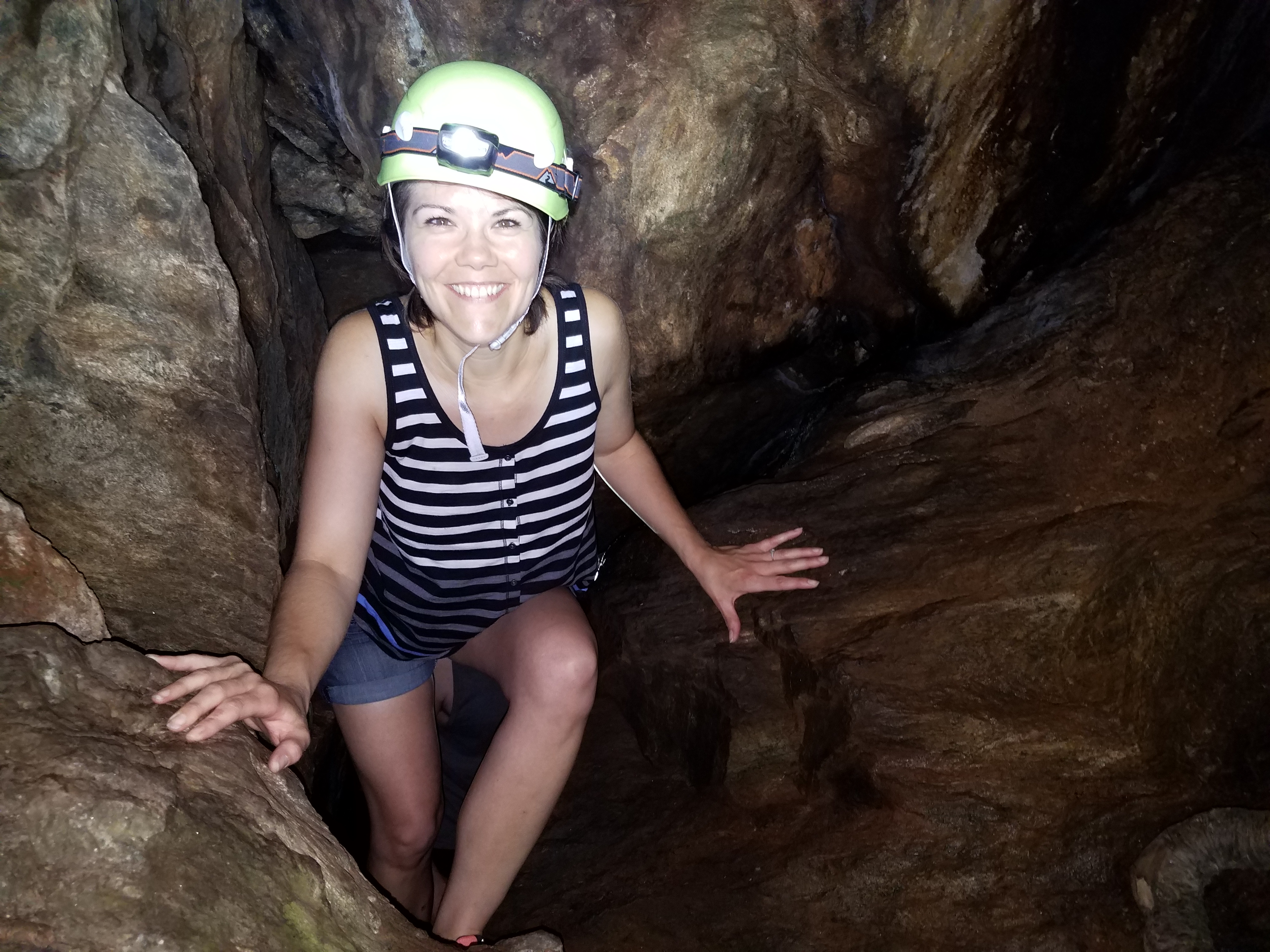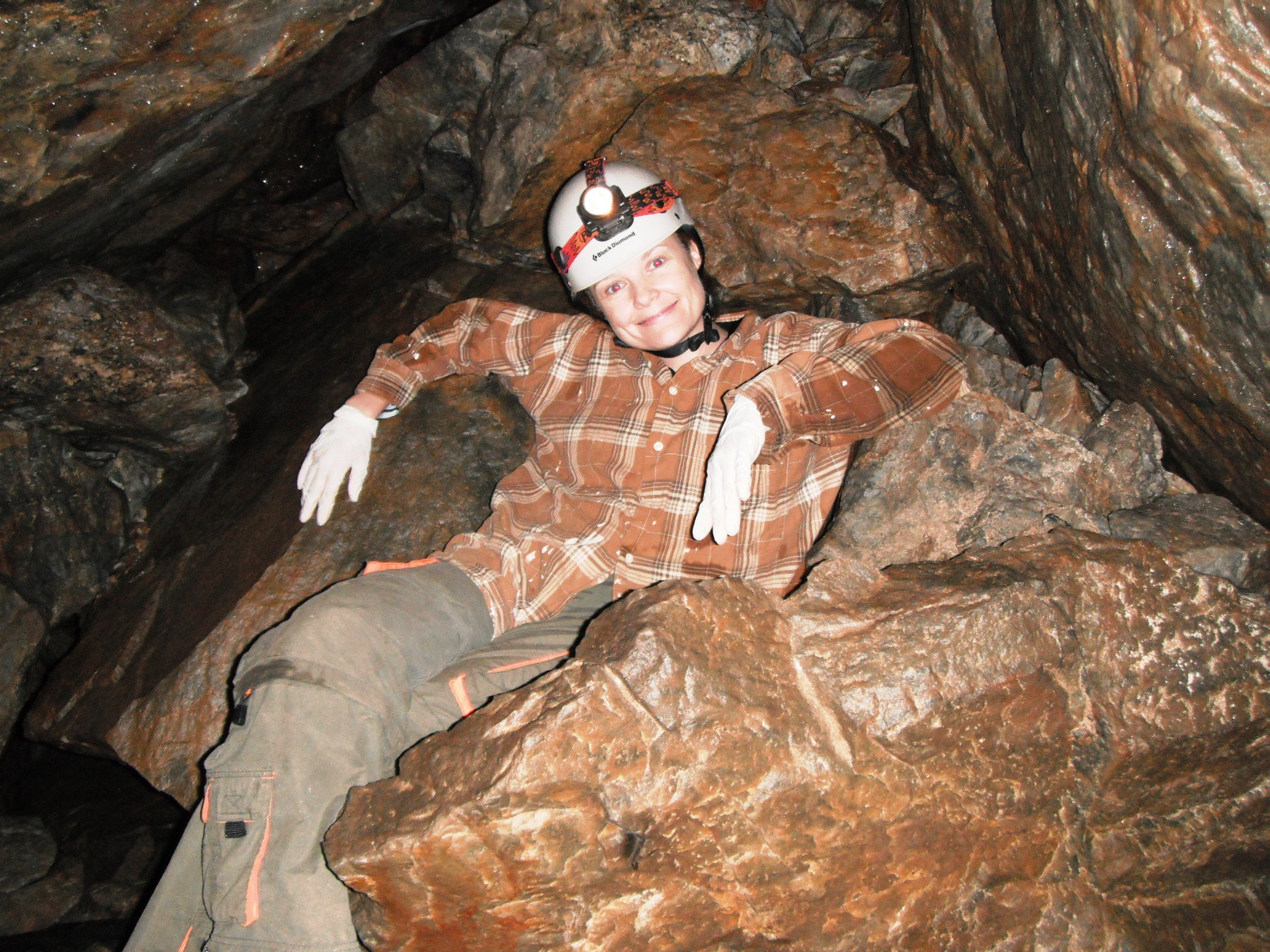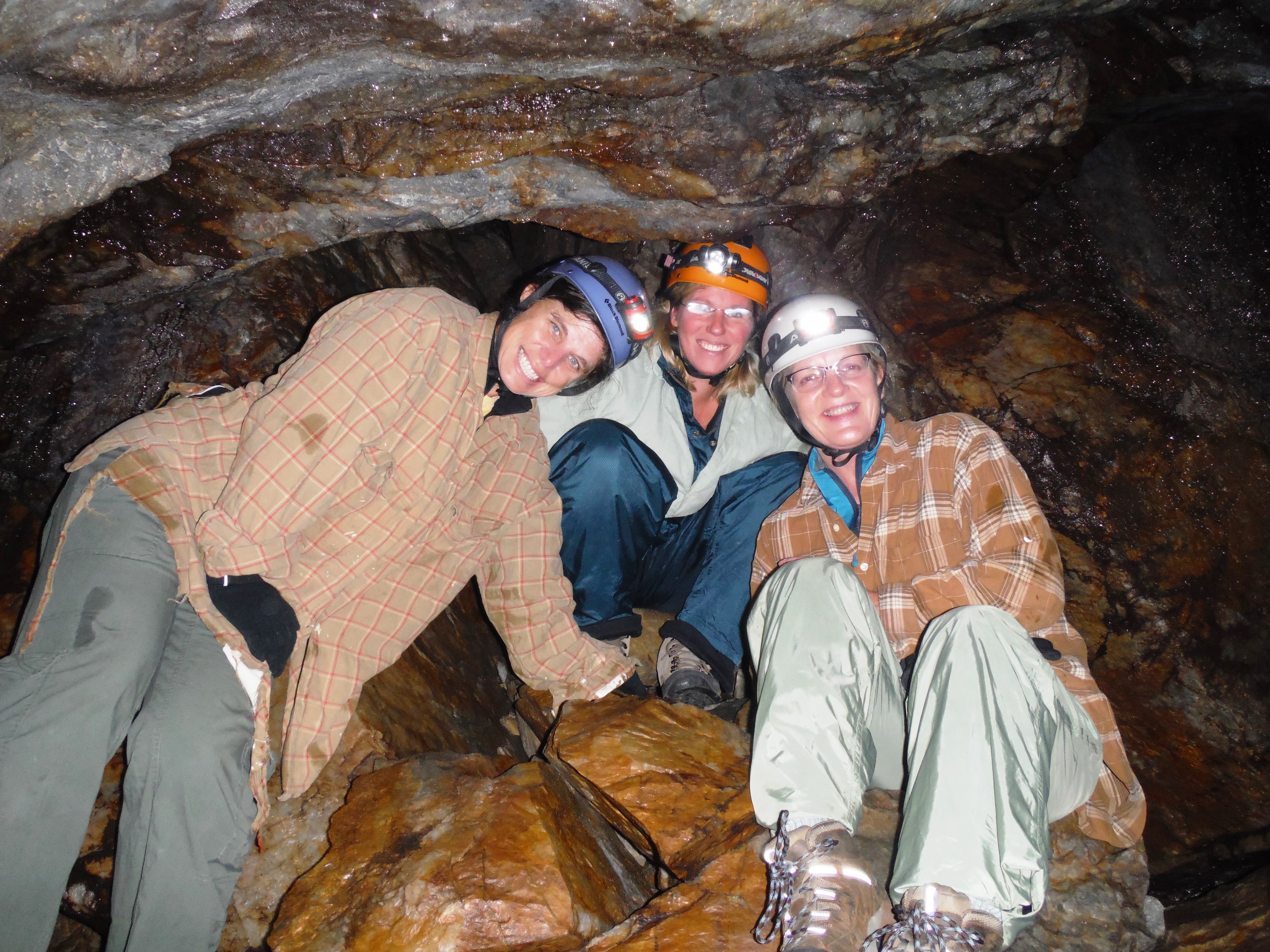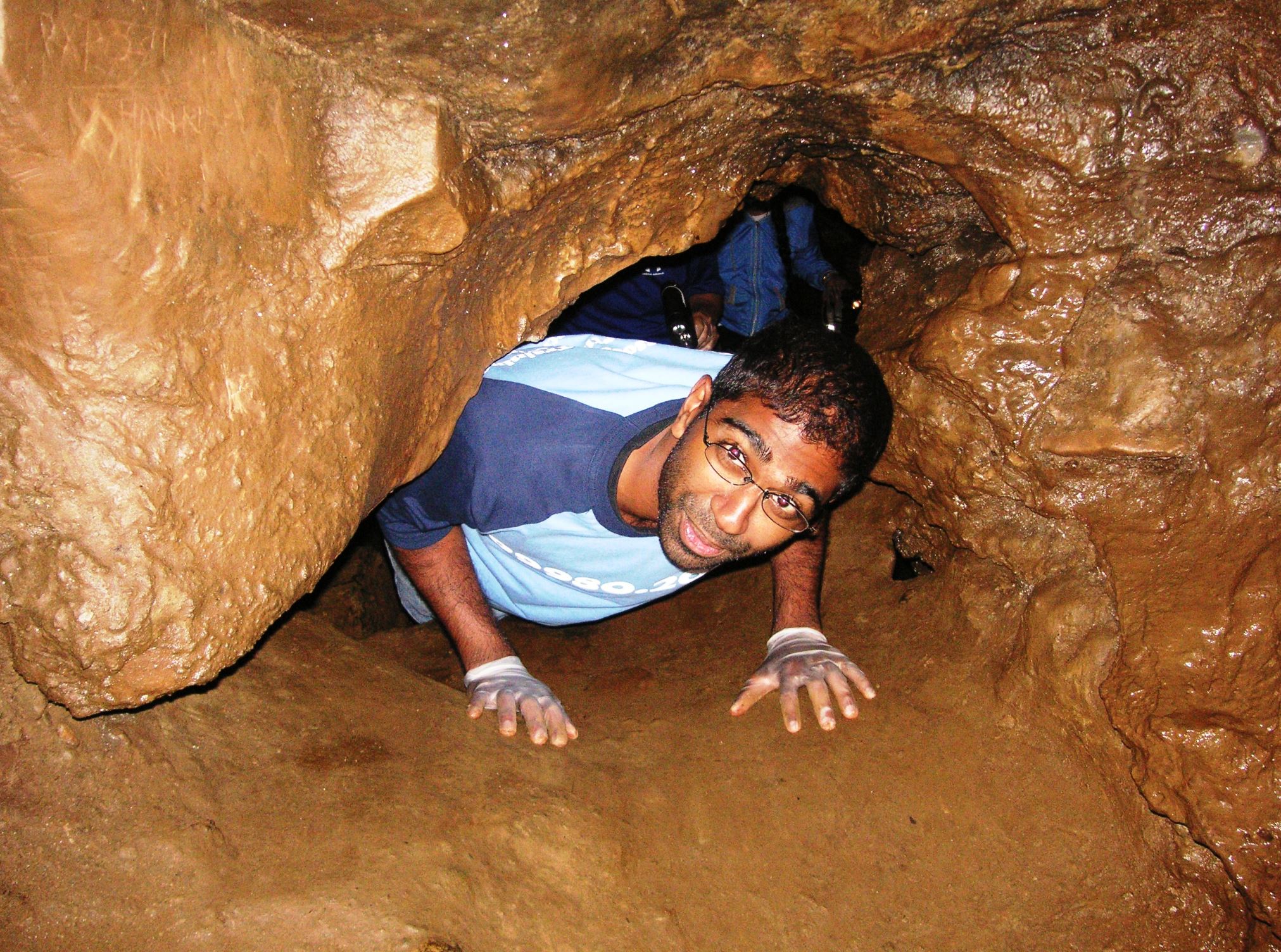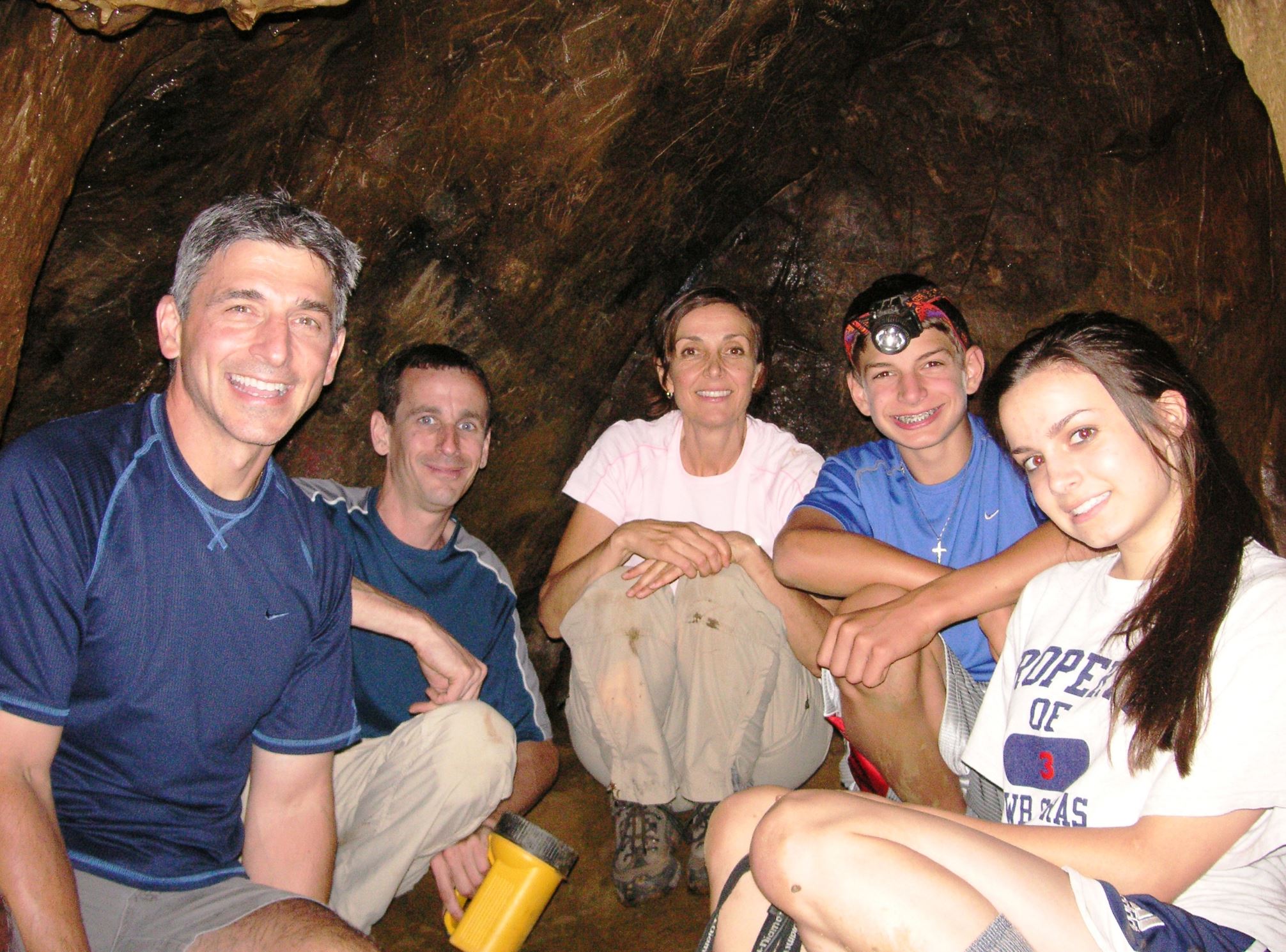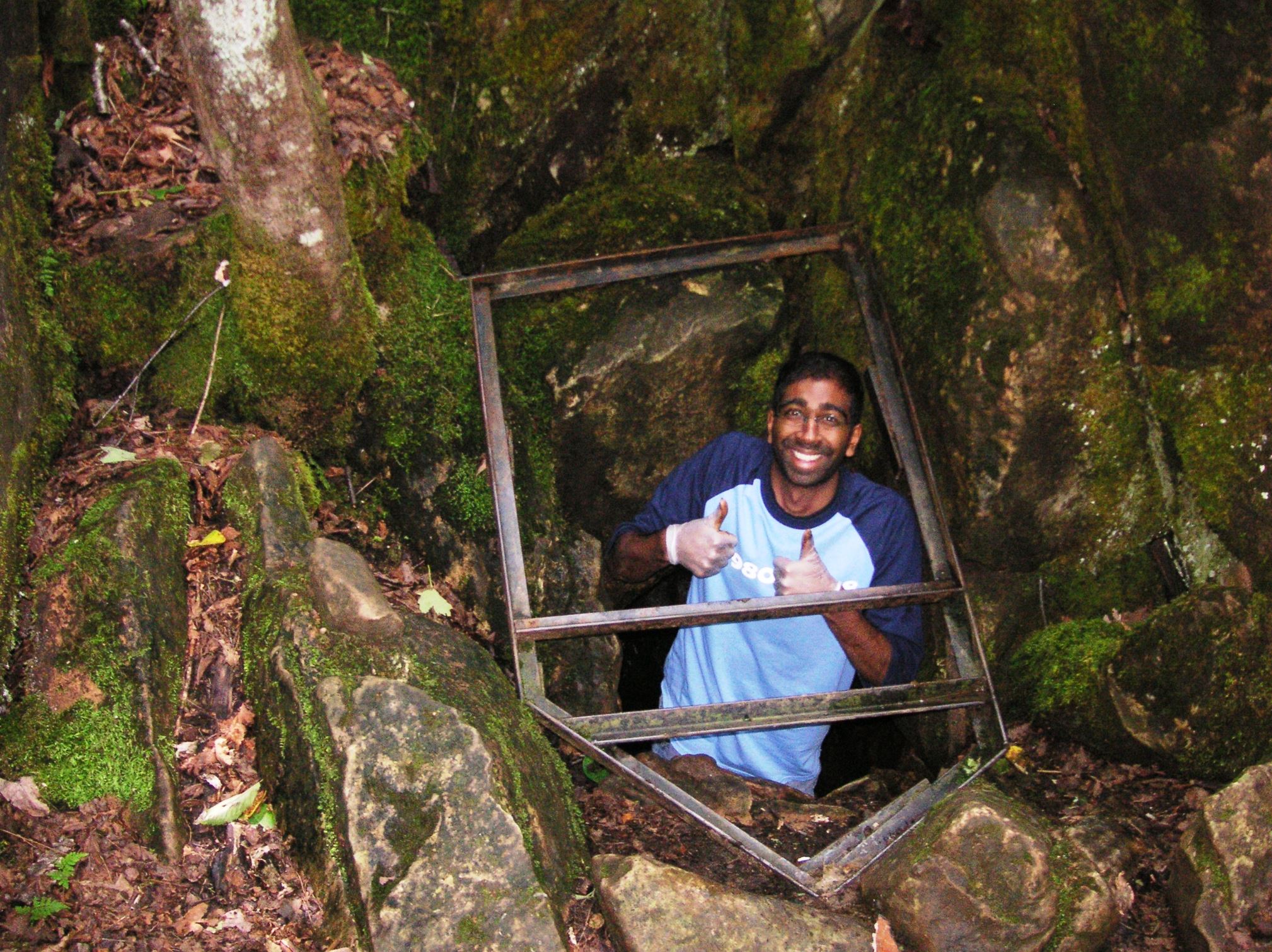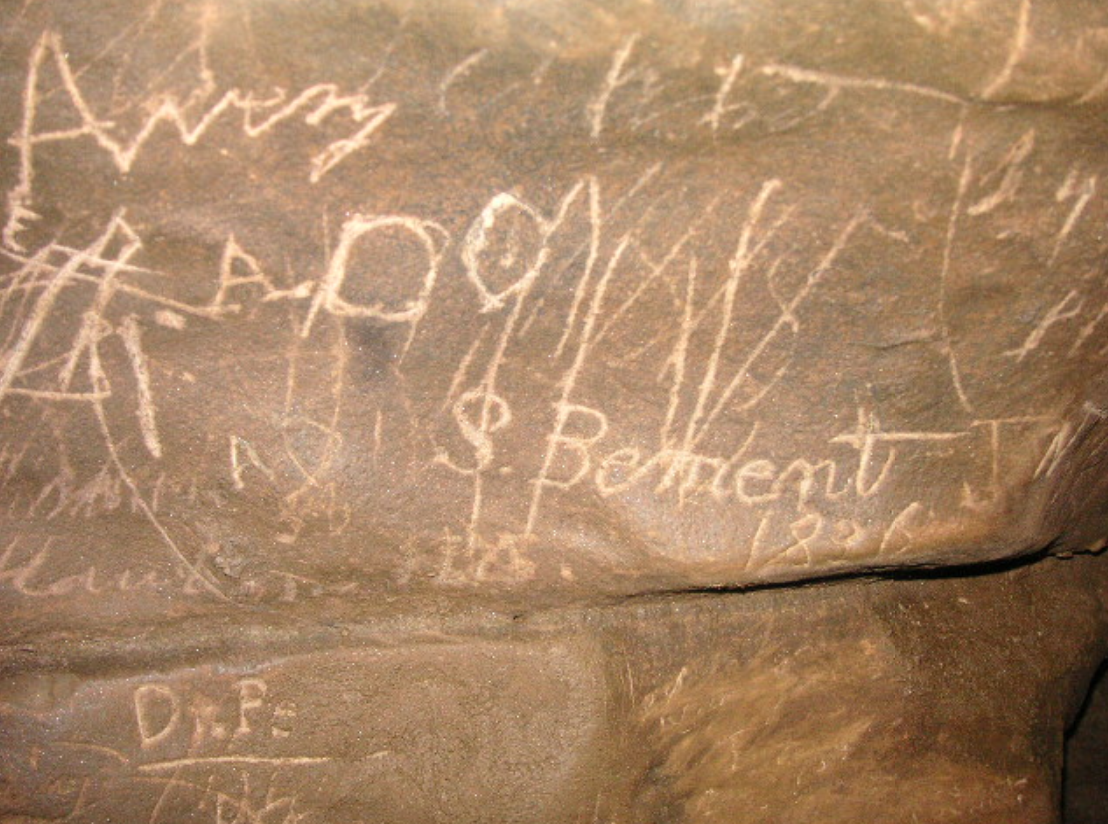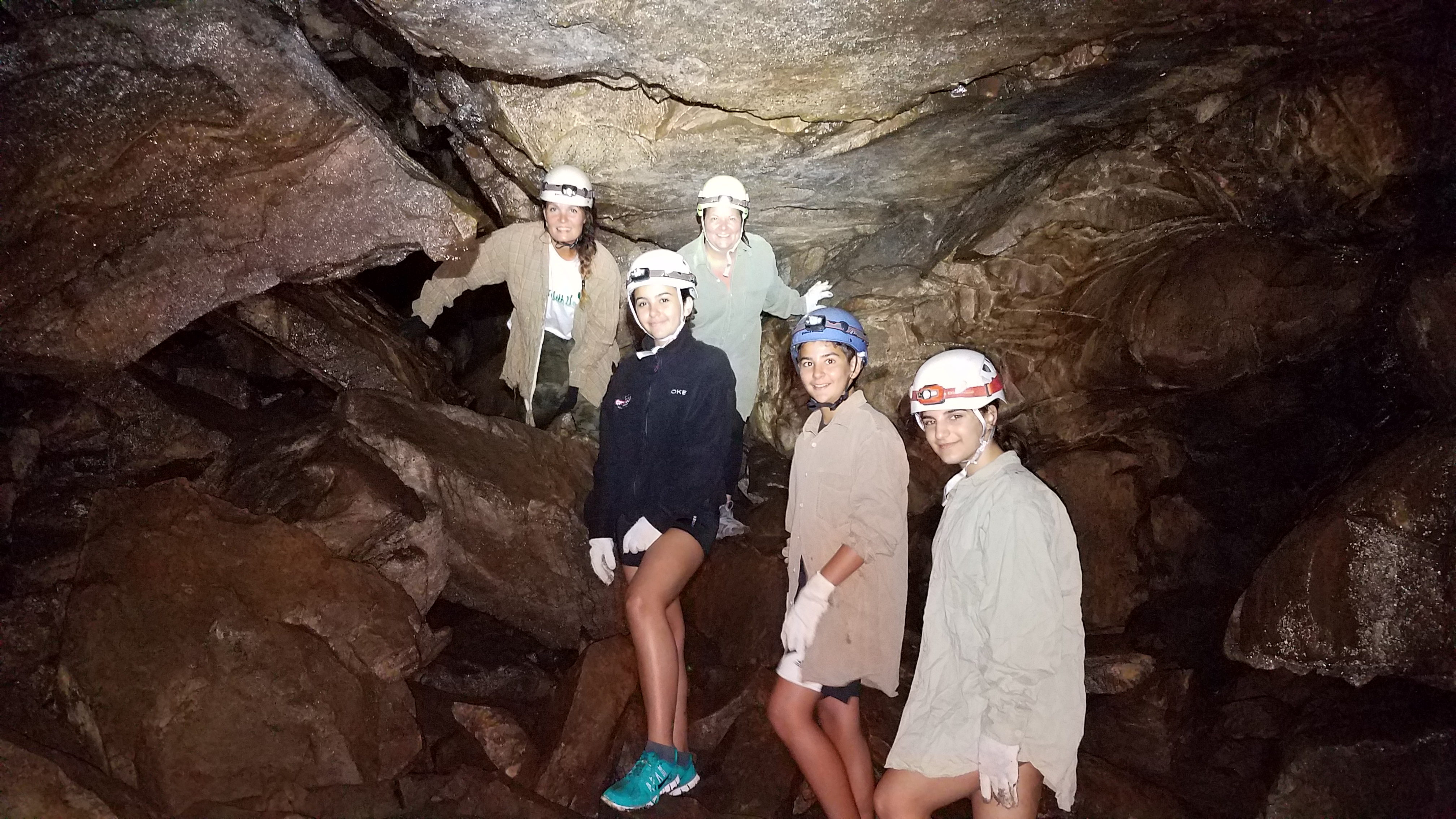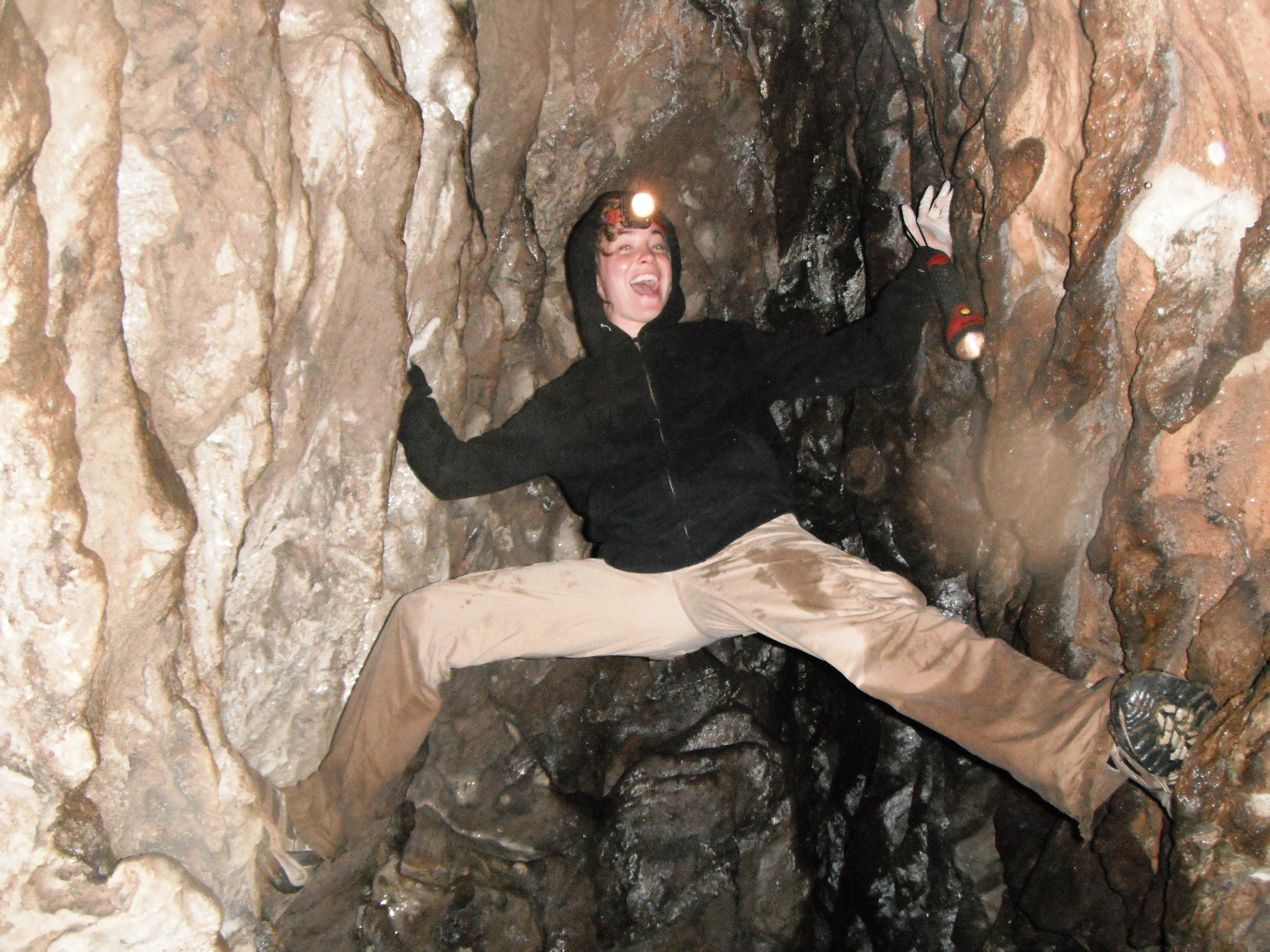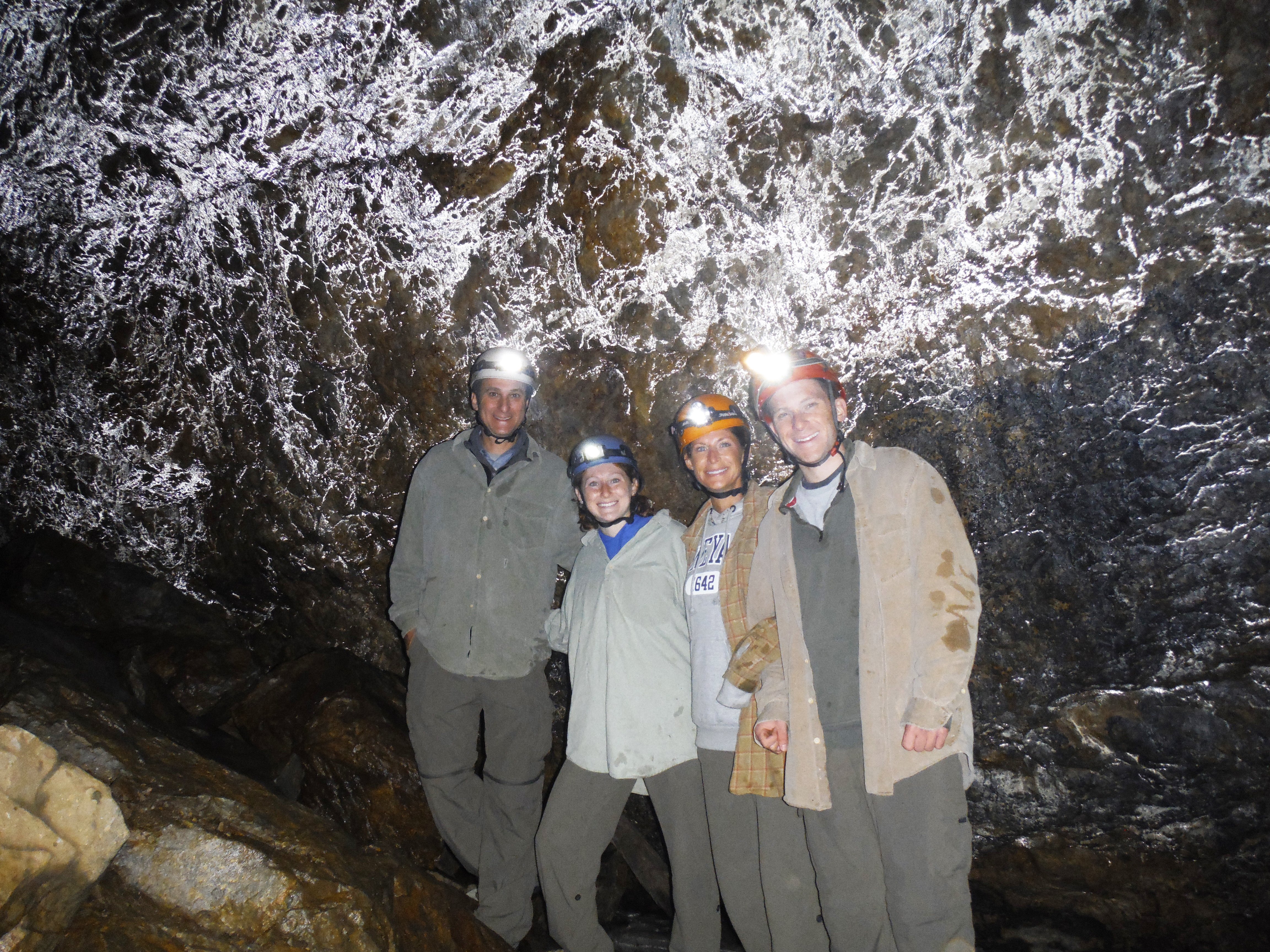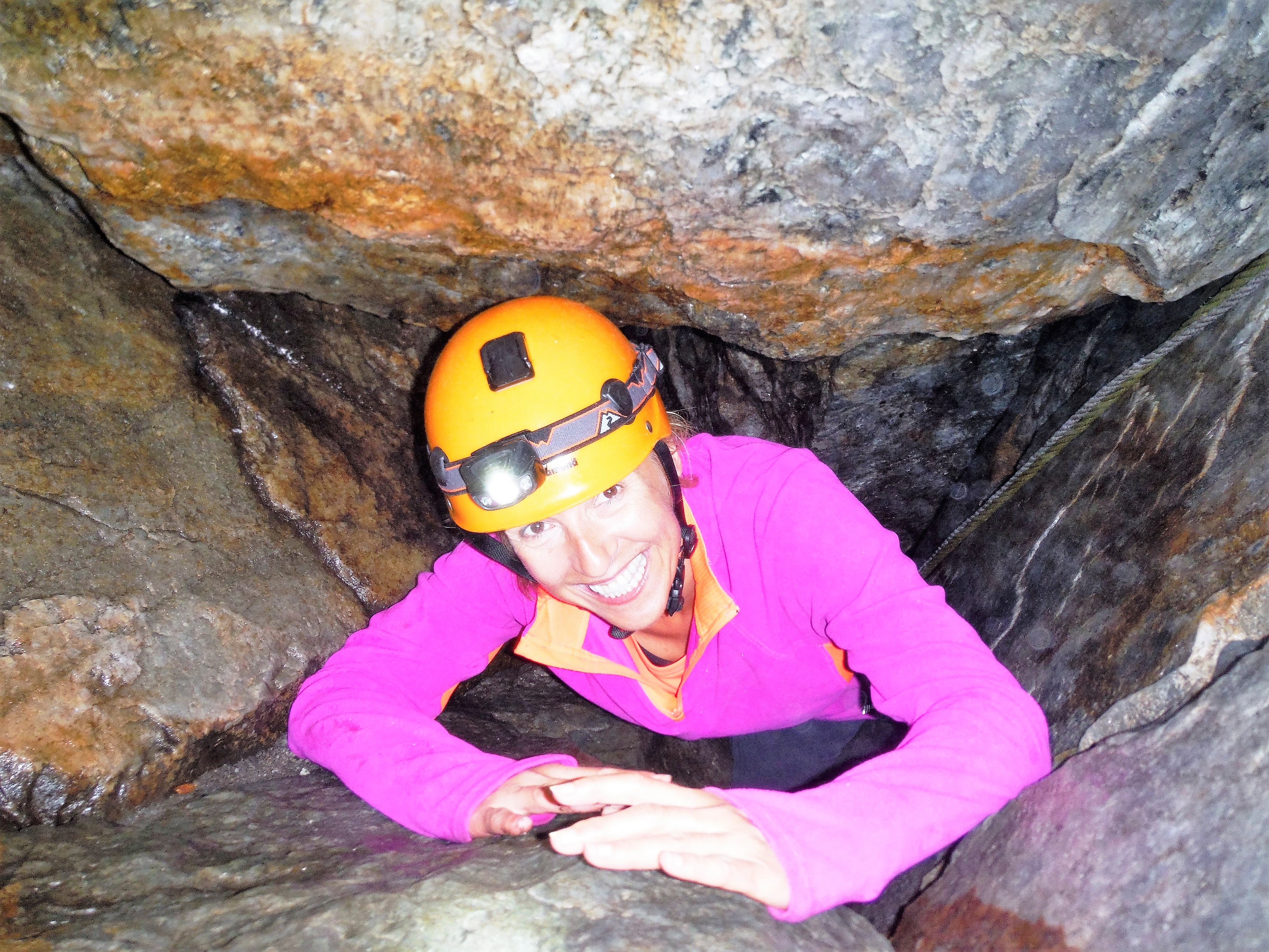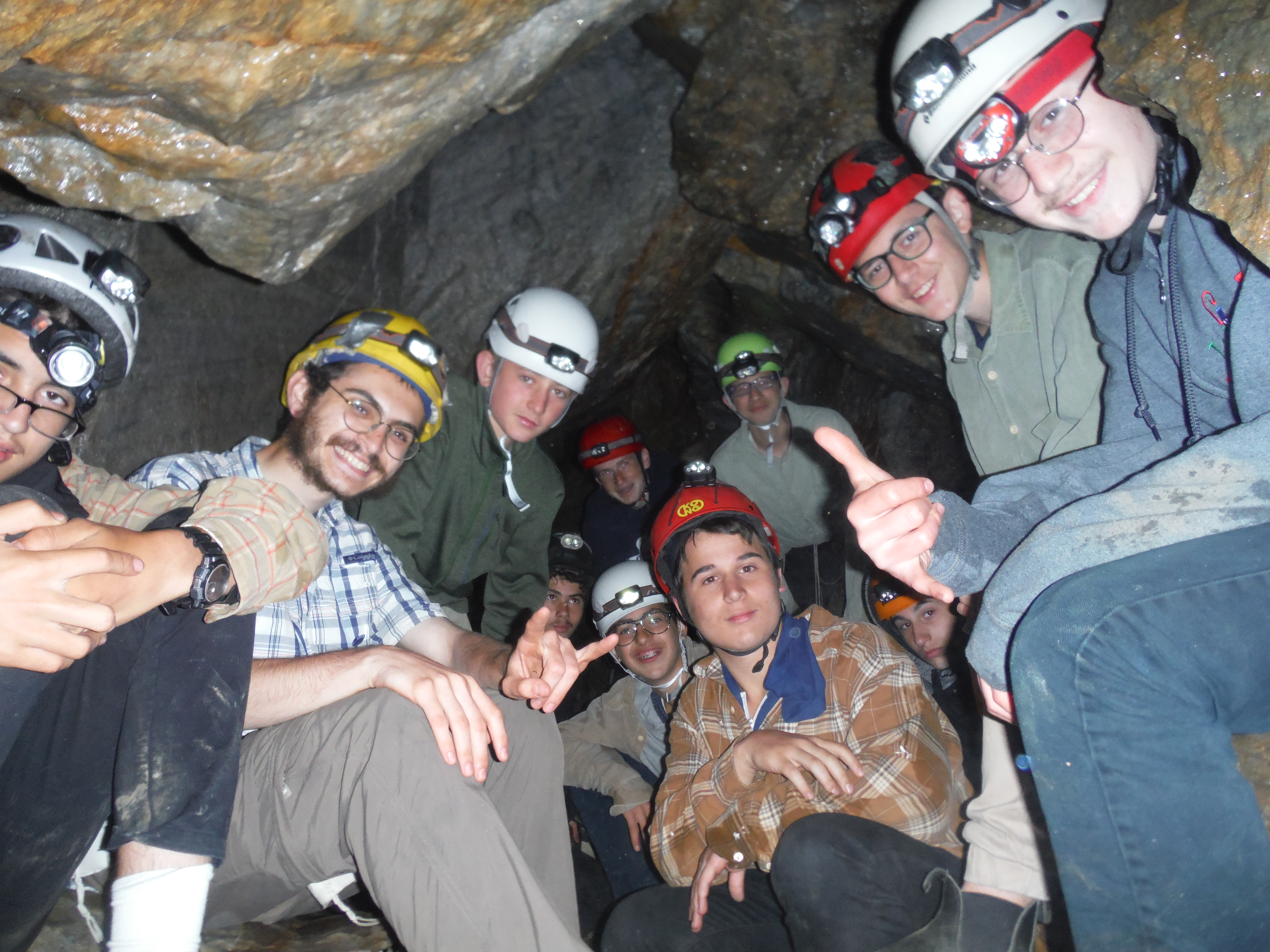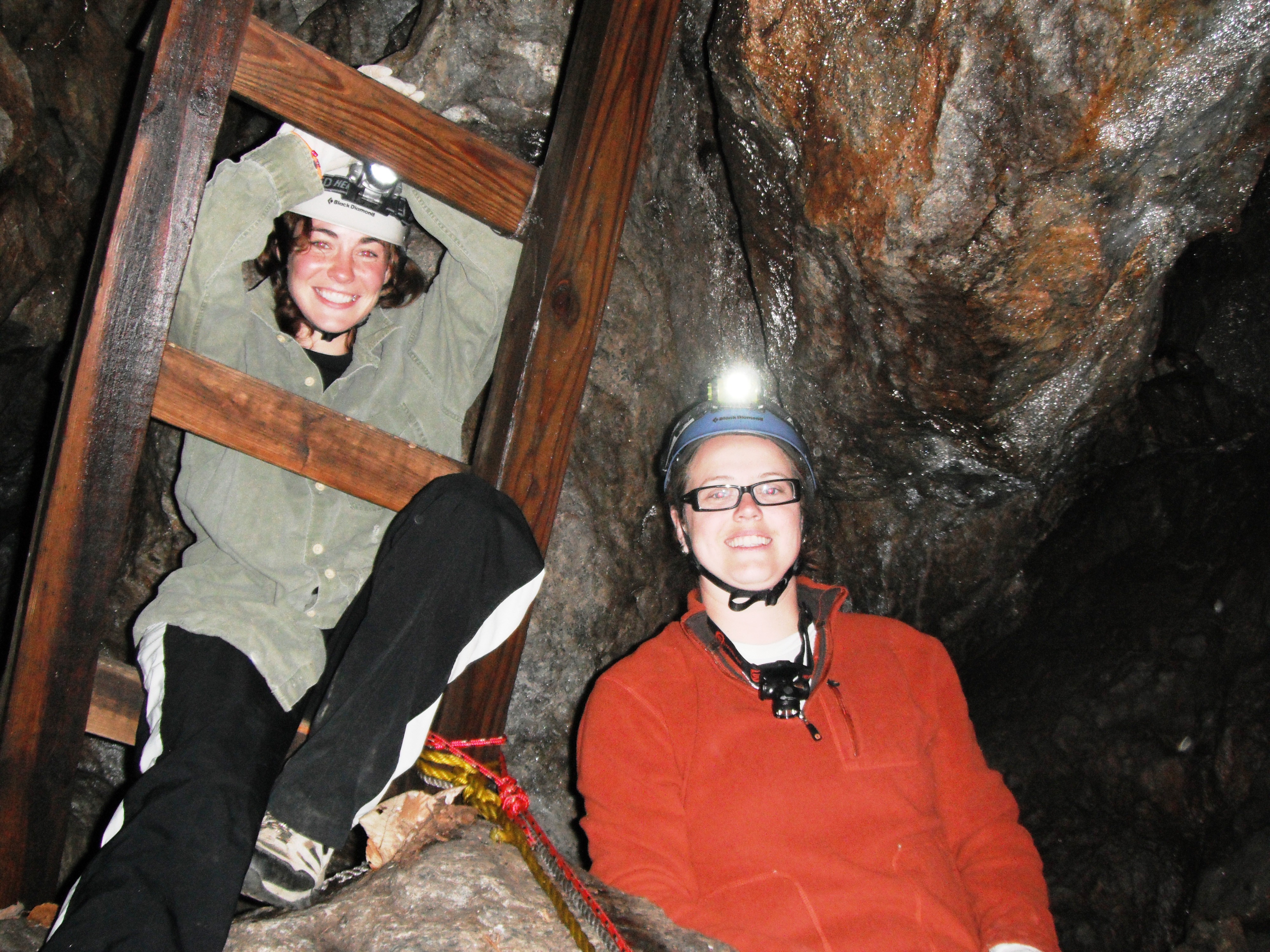CAVING INFO
CAVING ADVENTURES INFORMATION
ATA offers beginner-friendly to advanced guided caving trips. Over the years guests have commented how caving was their most memorable adventures beside kayaking the river over the beaver dams. On our trips you will get to experience a true caving adventure, not your typical tourist walking cave tour. Exploration of caves takes us into a world much different from that above ground, a world of darkness surrounded by rock and mud. Exotic formations, ice rooms, streams, waterfalls, tight crawlways, deep canyons and the unknown await the cave explorer. Caving is a variety of sports put together, including hiking, canyoneering, rock climbing and scrambling.
The owner of ATA, John Keough, discovered the largest cave in New England, so with his caving experience you will have an underground adventure to remember.
There are four local Killington caves we visit that require very short hikes. One pair of caves is solutional, meaning they were formed by water eroding limestone; the other pair of caves are talus, consisting of open spaces among large rocks and boulders in piles at the base of cliffs or steep slopes. It takes just about an hour to explorer the two talus caves, including the hike to the cave. The solutional caves take approximately an hour to drive to, hike and explore.
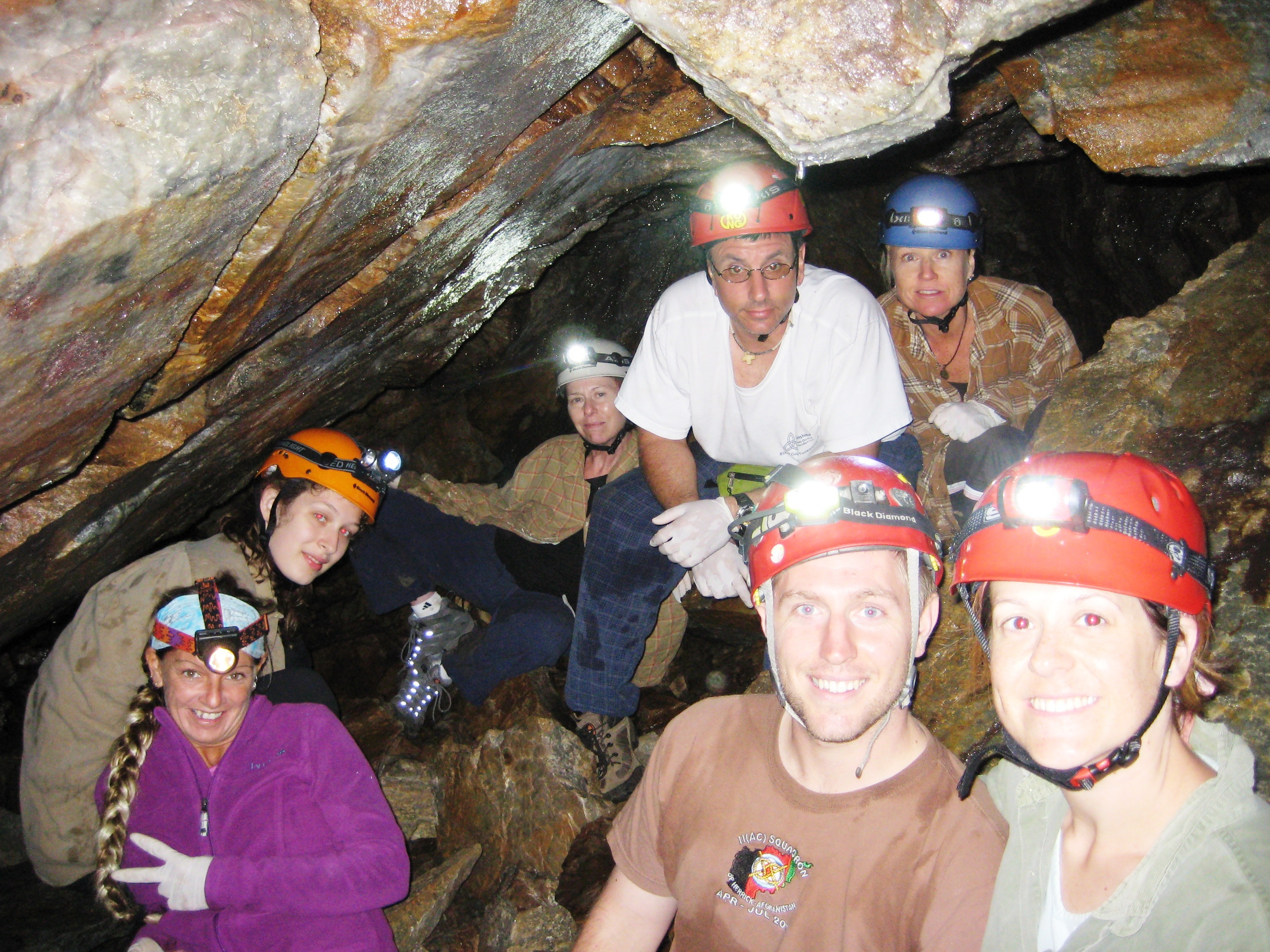
TALUS CAVES
SOLUTIONAL CAVES
ICE CAVES
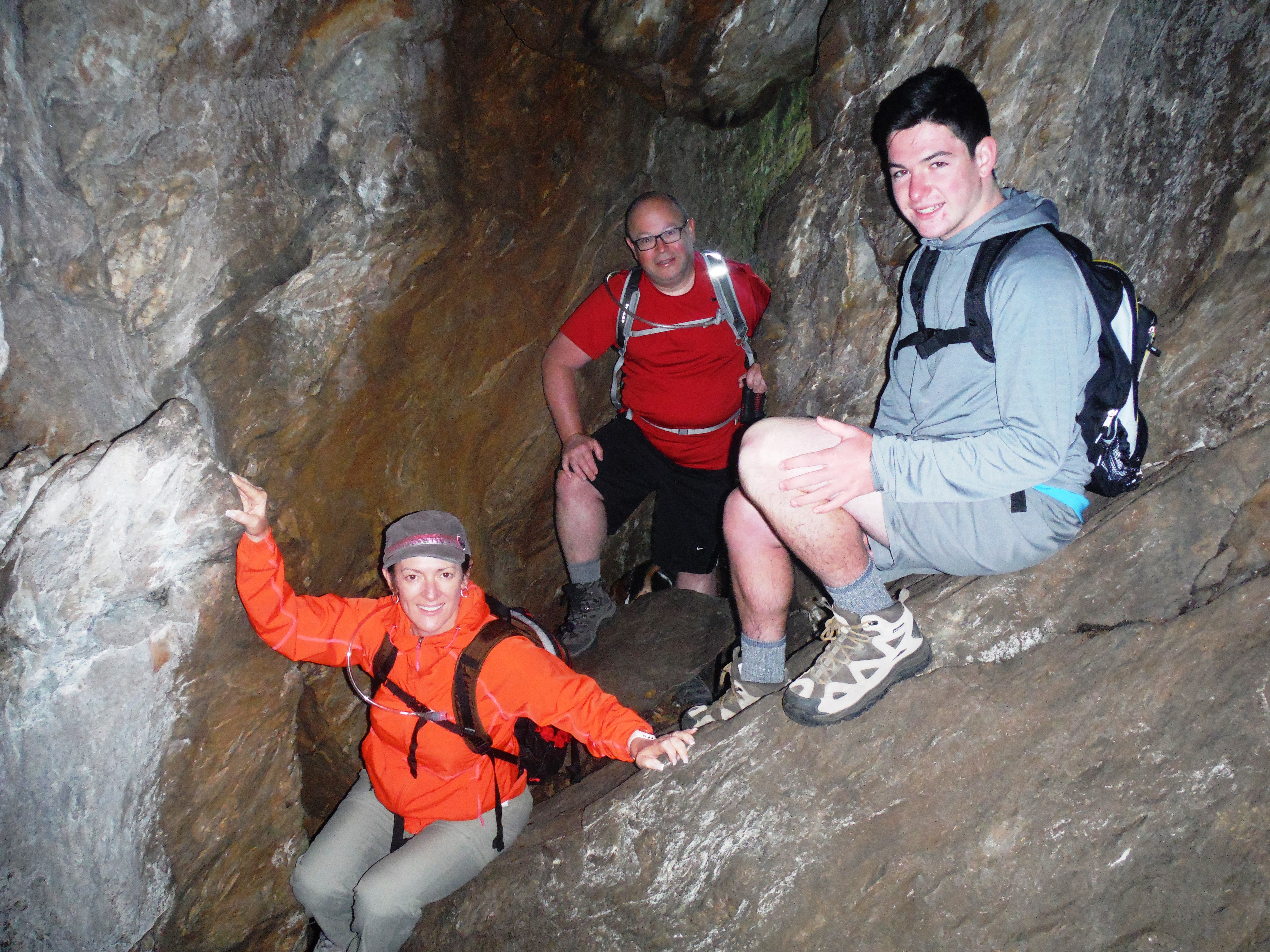
Talus Caves
A great introduction cave for beginners and is our guest’s favorite. It is a 5 to 10-minute hike to the cave location. The guided trip includes approximately an hour-long cave adventure. Following caving, a popular combination is kayaking on the upper winding river or a relaxing lake paddle with a swim. Talus caves are openings formed between boulders piled up on mountain slopes. Most of them are very small both in length and in cross section. Some boulder piles, however, do have explorable interconnected “passages” of considerable length. Some of the largest talus caves occur among granite blocks in New York and New England, where integrated systems of passages between boulders have been mapped to lengths of several kilometers.
Solutional Caves
Another great cave for beginners and children of all ages. It is a 10-minute hike to the cave location. The guided trip includes approximately an hour-long cave adventure. Following caving, a popular combination is kayaking on the upper winding river. The largest and most common caves are those formed by dissolution of limestone or dolomite. Limestone is composed mostly of calcium carbonate in the form of the mineral calcite. Dolomite rock consists of calcium magnesium carbonate, the mineral dolomite. Both these carbonate minerals are somewhat soluble in the weak acids formed by carbon dioxide dissolving in groundwater. Water seeping through soils into the bedrock, water collected by sinkholes, and surface streams sinking underground at the margins of karst areas all percolate along fractures in the bedrock and gradually create sizable passages by chemical action. Because the dissolution process takes place deep in the bedrock, it is not necessary that solution caves have entrances. Most entrances are formed by accidental processes such as the downcutting of surface valleys, the collapse of sinkholes, or the emplacement of quarries or road cuts. Accidental processes of passage collapse and passage plugging divide caves into smaller fragments. Because of this, there are many more small caves than large ones. The longest known cave is the Mammoth Cave–Flint Ridge system in south central Kentucky, which has a surveyed length of more than 345 miles (555 km).
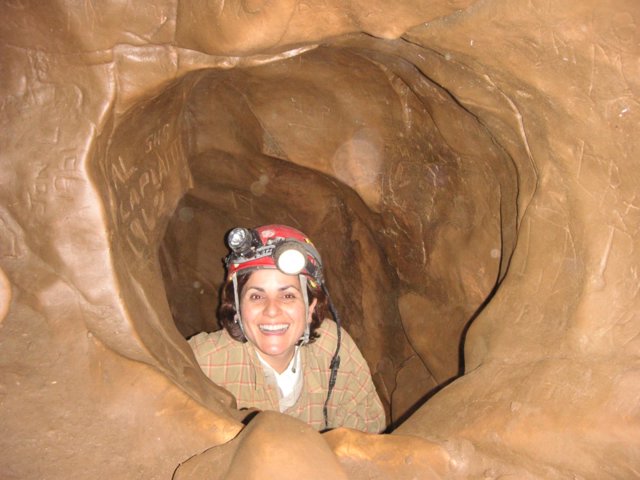
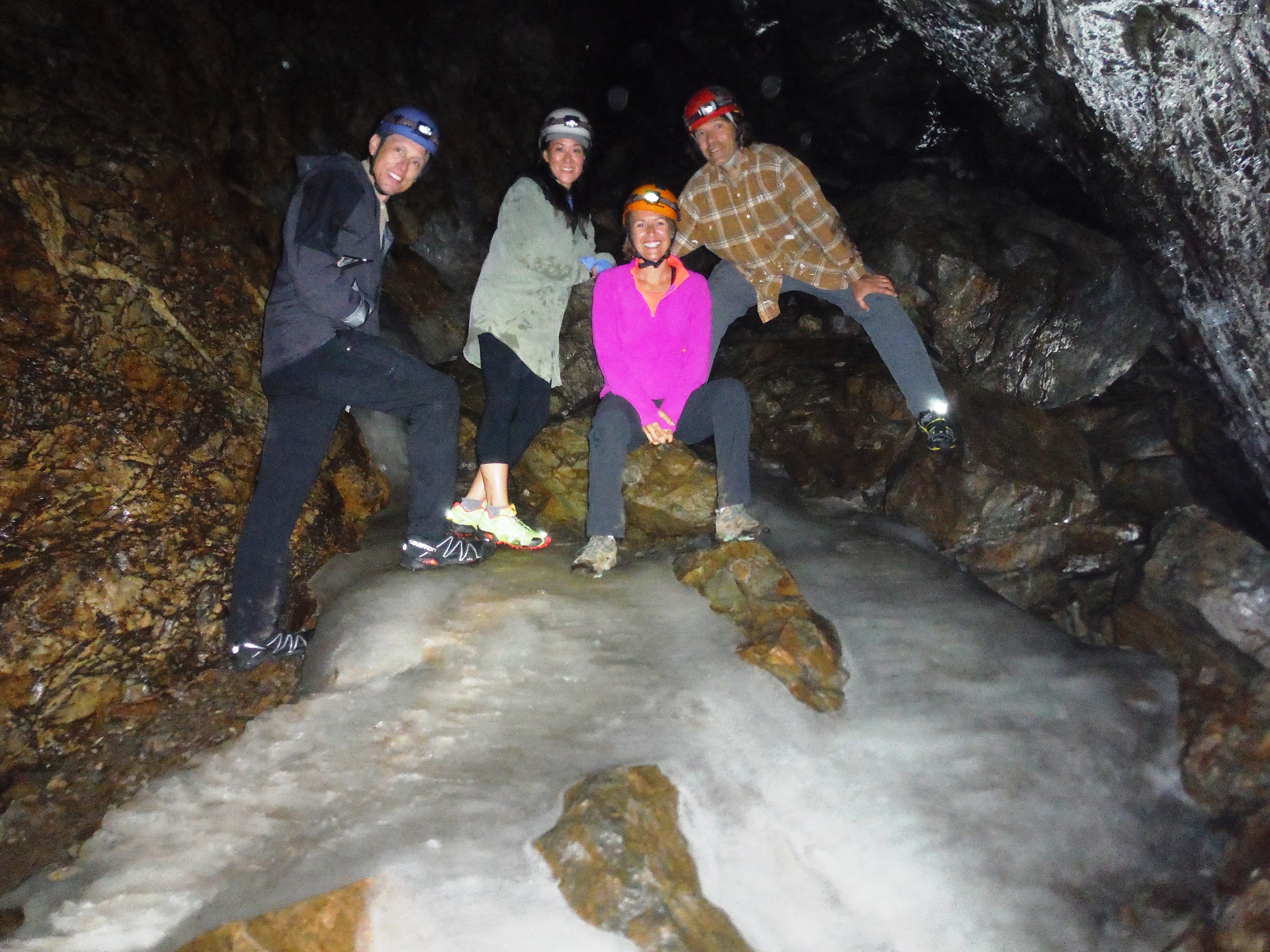
Half-Day Ice Cave
The half-day ice cave adventure takes approximately 3 to 4 hours depending on group size. The guided day’s adventure includes a 20-minute drive, a half-mile uphill hike and rock scramble to the cave entrance, and approximately an hour-plus underground exploring deep underground. Following caving, a popular combination is a river kayaking trip or a relaxing lake paddle with a swim.
SIGN UP FOR OUR NEWSLETTER
and never miss any special offers or news!
Contact Us
Call or Text: 1-802-347-4343
Mailing: PO Box 394, Killington, VT 05751
Hours: Open 7 days a week from 7:00am-8:45pm


